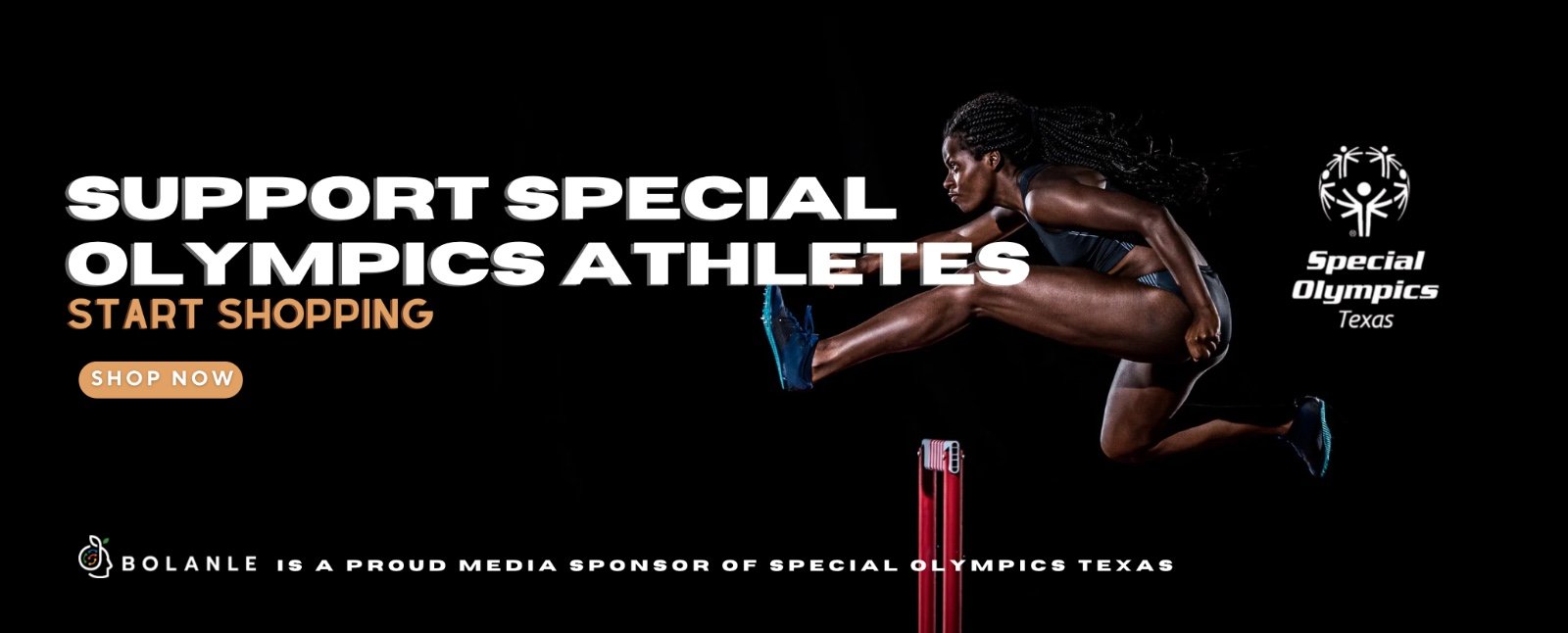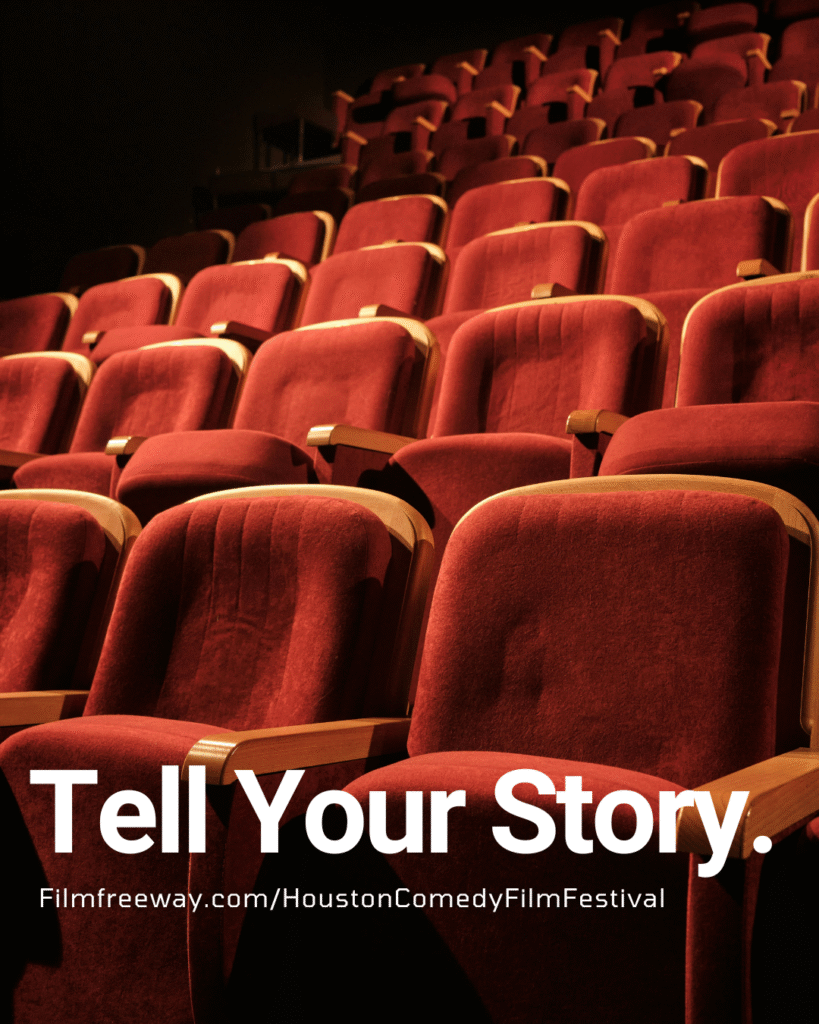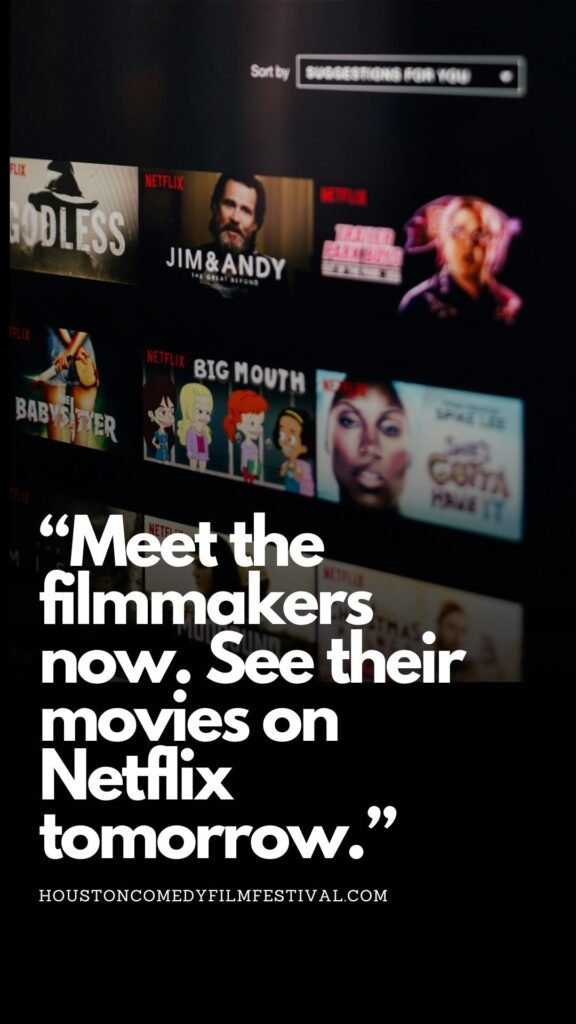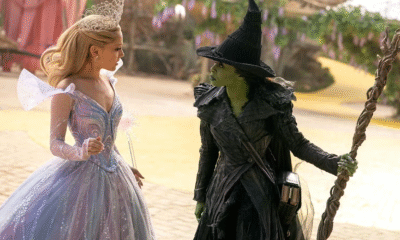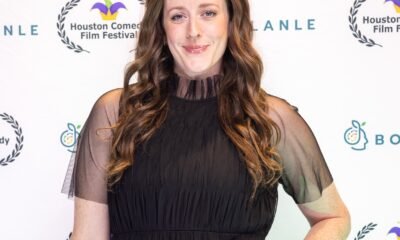Entertainment
Taylor Swift Jokes Around With Jack Antonoff at the Grammys on February 5, 2024 at 4:39 am Us Weekly
Johnny Nunez/Getty Images
Taylor Swift and Jack Antonoff proved they’re still our favorite pair of besties while attending the 2024 Grammy Awards.
Swift, 34, gave off major little sister vibes while joking around with Antonoff, 39, during the Sunday, February 4, awards show at the Crypto.com arena. While host Trevor Noah gave Antonoff a special shout-out for his Producer of the Year win, Swift congratulated her longtime collaborator by nudging him and pretending to mess up his hair.
Antonoff and Swift sat at the same table as Lana Del Rey, who collaborated with Swift on her Grammy-winning album Midnights. Swift attended the ceremony in a white Schiaparelli Couture gown, while Antonoff kept things chic in a classy black tux and white dress shirt.
Swift was up for six Grammys this year, including Album of the Year and Best Pop Vocal Album for Midnights. Her first single from the 2022 album, “Anti-Hero,” earned nods for Record of the Year, Song of the Year and Best Pop Solo Performance and her “Karma” collaboration with Ice Spice is also up for Best Pop Duo/Group Performance.
The Best Fashion From the 2024 Grammys
Earlier in the night, Swift took home her 13th Grammys win for Best Pop Vocal Album. While accepting the award on stage, she made headlines by announcing her upcoming 11th studio album, titled The Tortured Poets Department.
Swift also took home the win for Album of the Year, making her the first artist to receive the award four times after previously winning in 2008, 2016, and 2021 for Fearless, 1989 and Folklore, respectively. She also made history by receiving the nomination for Song of the Year for the seventh time. Swift also thanked Antonoff, who joined her on stage, in her acceptance speech
“Sort of a crazy day yesterday,” Swift told the crowd during a November 2023 Eras Tour concert after learning of her nominations. “I started off my morning by getting the extraordinary news that because of you and because of the way you have supported my album Midnights, it just got nominated for six Grammys!”
CBS
Swift has been working with Antonoff since 2014 when she asked the producer to collaborate with her on a few tracks off her first major pop album, 1989. They have since teamed up for 2017’s Reputation, 2019’s Lover, 2020’s Folklore and Evermore and again for 2022’s Midnights. (Since 1989, Antonoff has accompanied Swift to every Grammy awards show, and the pair can often be seen doing their signature secret handshake on stage.)
Antonoff has also been a major part of Swift rerecording her first six studio albums, a project she announced in 2019 after Scooter Braun bought her former label, Big Machine Records, and acquired her masters.
Taylor Swift Gushes Over Her 1st Song With Jack Antonoff
“I’ve seen her change the music industry firsthand,” Antonoff said of Swift while speaking to NME in July 2021. “She’s amazing for being a champion, and making things better for the generations to come. She has a long history of rightly exposing some real darkness in the music industry. And I’m personally thankful for it, outside of our friendship and working relationship, just as an artist. She’s asked me some questions a lot of people are afraid to ask.”
Two years later, he praised Swift for being the first person who “recognized” him as a producer during an episode of TIME’s “Person of the Week” podcast. “A lot of people are afraid to sign off on something that isn’t done by a proven person,” he said. “I had written lots of songs and produced them, but they would always sort of go somewhere else. So the label or whoever could say, oh, we had this person produce it. And, you know, I put my heart and soul into that song and she said, ‘I love it.’”
Swift, for her part, has often taken to social media to gush over her friendship with the Bleachers frontman. Following the release of Midnights, Swift penned a heartfelt post in tribute to her collaborators on the record, particularly Antonoff.
List of 2024 Grammy Awards Nominees and Winners
“Midnights is a wild ride of an album and I couldn’t be happier that my co pilot on this adventure was @jackantonoff,” she captioned a series of Instagram images of the twosome. “He’s my friend for life (presumptuous I know but I stand by it) and we’ve been making music together for nearly a decade HOWEVER… this is our first album we’ve done with just the two of us as main collaborators.”
Antonoff also commemorated the album release via his own Instagram, reflecting on their decade of friendship, writing, “From 1989 to here. so glad we met all those years ago and talked about only you by yaz. the first album we’ve made entirely together. love you Taylor.”
Johnny Nunez/Getty Images Taylor Swift and Jack Antonoff proved they’re still our favorite pair of besties while attending the 2024 Grammy Awards. Swift, 34, gave off major little sister vibes while joking around with Antonoff, 39, during the Sunday, February 4, awards show at the Crypto.com arena. While host Trevor Noah gave Antonoff a special
Us Weekly Read More
Entertainment
Miley Cyrus Is Engaged to Maxx Morando
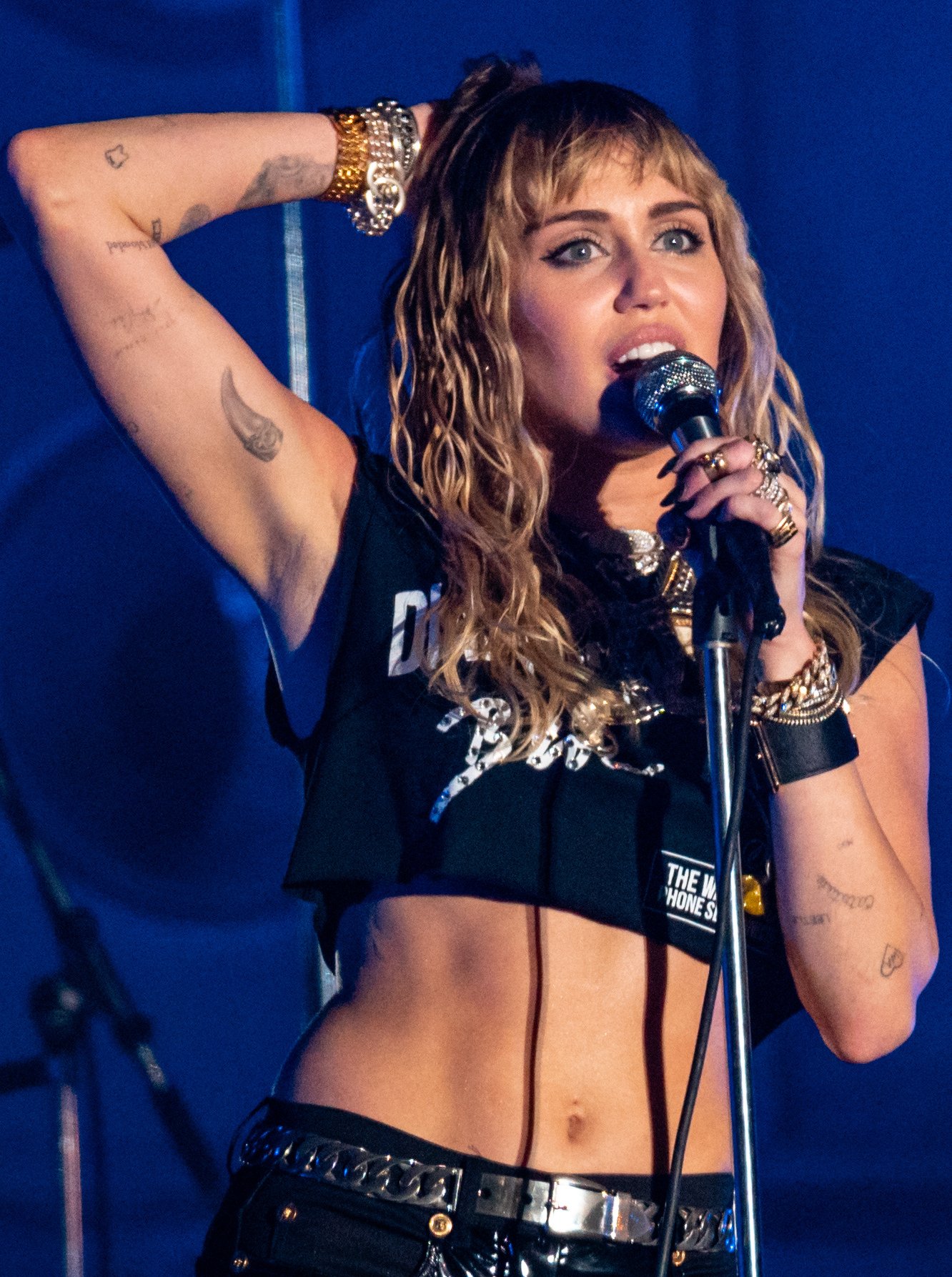
Miley Cyrus is officially off the market: the pop superstar is engaged to musician Maxx Morando after four years together, and the speculation about “that ring” has finally been put to rest. The engagement caps a quietly steady relationship that has unfolded mostly out of the spotlight, marking a new chapter for Miley after years of highly public romances.
Engagement finally confirmed
Reports from major entertainment outlets confirm that Cyrus and Morando are engaged following her recent red-carpet appearance in Los Angeles.
Observers noticed a new diamond ring on her left-hand ring finger, and sources close to the singer have since confirmed that the jewelry is indeed an engagement ring. The news comes after days of online buzz and fan speculation, which began almost as soon as photos from the event hit social media.
The love story with Maxx Morando
Maxx Morando is a drummer and musician who has performed with bands like The Regrettes and has also worked as a producer and collaborator behind the scenes. He and Miley were first linked in late 2021, reportedly after meeting through mutual friends and hitting it off on a low-key first date that eventually grew into a long-term relationship. The pair have kept things relatively private, appearing together at select fashion shows, award events, and premieres rather than turning their romance into constant social-media content.
That very on-trend engagement ring
The ring that set the internet on fire features a cushion-cut diamond set on a chunky yellow gold band, a bold, fashion-forward design that fits Cyrus’s eclectic style. The piece is reported to be by designer Jacquie Aiche, whose jewelry is frequently worn by celebrities and known for mixing bohemian influences with luxury materials. Commentators note that the thick band and substantial stone are in line with the current trend toward statement engagement rings that feel modern and personal rather than traditional and dainty.
Fans react to Miley’s new chapter
Longtime fans who have watched Miley grow from Disney Channel star to Grammy-winning artist see this engagement as another milestone in her evolution. On social platforms, many have highlighted how different this relationship feels compared with her past, pointing to the couple’s low-key approach and shared creative interests as signs of a more grounded partnership. Others are already speculating about wedding plans, guest lists, and whether the singer might channel her “Flowers” era energy into a bridal look that breaks all the rules.
What this means for Miley’s image
Cyrus has spent the last few years redefining herself musically and personally, from the success of “Flowers” to acclaimed live performances and a more polished public image. This engagement to Morando reinforces that arc, presenting her as an artist who has found balance between rebellion and stability, independence and partnership. While no wedding details have been announced yet, the announcement alone ensures Miley and Maxx will remain at the center of pop culture conversations for months to come.
Entertainment
Mariah Carey’s One Holiday Hit Pays her $3.3 Million a Year

Mariah Carey did not just land a Christmas hit; she locked in a seasonal paycheck for life. Every year, All I Want for Christmas Is You is estimated to pull in somewhere between 2.5 and 3.3 million dollars in royalties, from streaming, radio, licensing, and all those store playlists that flip her on the second the Halloween decorations come down. Over three decades, that adds up to tens of millions tied to a single song, turning one holiday anthem into a textbook example of how a perfectly timed pop track can become a retirement plan in glitter.
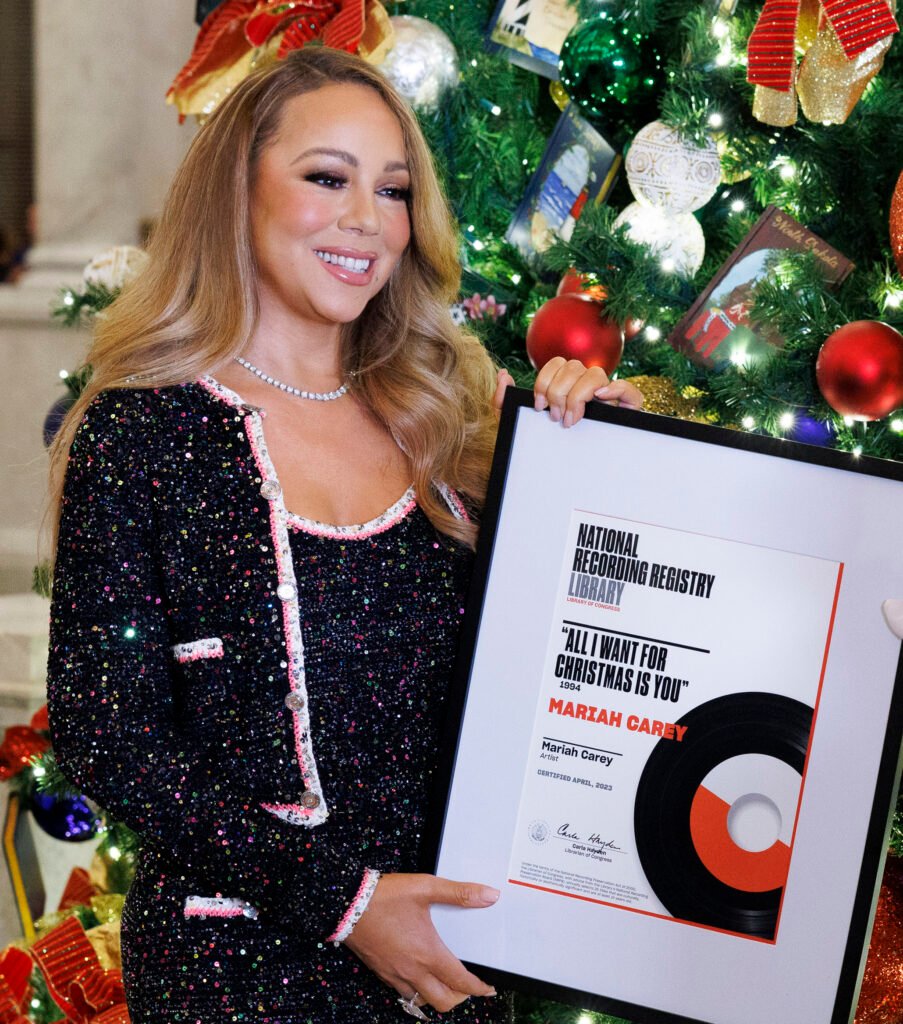
What keeps it so sticky is how audiences respond to it emotionally. Fans describe the song as an instant mood-lifter: the kind of track that makes people abandon their carts in Target, sing in the dairy aisle, or scream the chorus in the car like a full-blown music video moment.
People love the mix of old-school Motown-style production, sleigh bells, and Mariah’s big, joyful vocals—it feels nostalgic without sounding dated, and romantic without being corny to most listeners.
For a lot of millennials and Gen Z, hearing that opening piano riff is the unofficial signal that the holidays have “officially started.”
Of course, the obsession is loud enough that the backlash is, too—but even the complaints prove its impact. Some listeners say they are tired of hearing it everywhere, from October onward, but that is partly because it dominates every Christmas playlist, radio rotation, and TikTok trend. Whether people are passionately belting it out or dramatically rolling their eyes, the engagement keeps the streams flowing—and the royalties stacking. Love it or hate it, All I Want for Christmas Is You has become the soundtrack to December, and Mariah collects a festive multimillion-dollar “thank you” every single year.
Entertainment
How The Grinch Became The Richest Christmas Movie Ever

The Grinch didn’t just steal Christmas—he stole the box office. The 2018 animated film The Grinch turned holiday chaos into serious cash, grossing around $540 million worldwide on a modest $75 million budget, making it the highest‑grossing Christmas movie of all time. That is more than seven times its production cost, which is the kind of holiday return every studio dreams about.

Meanwhile, the 2000 live‑action How the Grinch Stole Christmas with Jim Carrey laid the groundwork for this green empire. That version pulled in roughly $345–347 million worldwide on a $123 million budget, turning a prickly Dr. Seuss villain into a perennial box‑office player and a meme‑ready holiday icon. The nostalgia around Carrey’s performance is a big part of why audiences were ready to show up again almost two decades later.
The Money Behind The Mayhem
The 2018 film did not just earn big—it earned smart.
It opened to more than $$67 million domestically in its first weekend and kept playing steadily through November and December, ultimately pulling in about $272 million in the U.S. and roughly $267 million internationally.
Then there is the profit. Trade estimates peg the film’s net profit in the neighborhood of nearly $185 million once theatrical revenue, home entertainment, and TV/streaming deals are baked in. That is before counting years of reruns, licensing, and holiday programming packages—every December, the Grinch gets another quiet deposit while everyone else is wrapping gifts.
Grinch vs. Everyone: Who’s Really On Top?
Here is how the Grinch stacks up against other Christmas heavyweights by worldwide box office:
| Film | Year | Worldwide Gross (approx.) | Notes |
|---|---|---|---|
| The Grinch (animated) | 2018 | $510–540 million | Highest‑grossing Christmas movie ever |
| Home Alone | 1990 | ~$476 million | Longtime champ, now second place |
| How the Grinch Stole Christmas (live‑action) | 2000 | ~$345–347 million | Built the modern Grinch brand |
| The Polar Express | 2004 | ~$315 million | Holiday staple, trails both Grinch movies |
Different sources list slightly different totals, but they all agree: the 2018 Grinch sits at the top of the Christmas money mountain.
Why The Grinch Keeps Printing Money
The secret sauce is that the Grinch is more than a movie—he is a business model. Every version of this character hits a different emotional lane: Jim Carrey’s 2000 Grinch is pure chaotic energy and quotable nostalgia, while the 2018 Grinch is softer, cuter, and perfectly engineered for modern families and global audiences. Together, they keep the character relevant across generations, which is exactly what studios want from an evergreen holiday IP.
On top of box office and home sales, the character feeds theme‑park attractions, holiday events, branded specials, apparel, toys, and seasonal marketing campaigns. The Grinch went from “I hate Christmas” to “I own Christmas,” quietly turning grouchiness into one of the most profitable holiday brands on the planet.

 Entertainment4 days ago
Entertainment4 days agoWicked Sequel Disappoints Fans: Audience Verdict on For Good

 Entertainment3 weeks ago
Entertainment3 weeks agoAfter Party: Festival Winner for Best Romantic Short

 News3 weeks ago
News3 weeks agoCamp Wackapoo – Rise of Glog Takes Center Stage

 News2 weeks ago
News2 weeks agoYolanda Adams Questions Traditional Views on God’s Gender, Audience Reacts

 Entertainment3 weeks ago
Entertainment3 weeks agoFrancisco Ramos Takes Top Mockumentary Award at Houston Comedy Film Festival

 Politics3 weeks ago
Politics3 weeks agoTrump’s $2,000 Tariff Dividend Plan: Who Gets Paid?

 Politics4 weeks ago
Politics4 weeks agoMamdani’s Victory Triggers Nationwide Concern Over New York’s Future

 Film Production3 weeks ago
Film Production3 weeks agoWhy China’s 2-Minute Micro Dramas Are Poised To Take Over The U.S.

